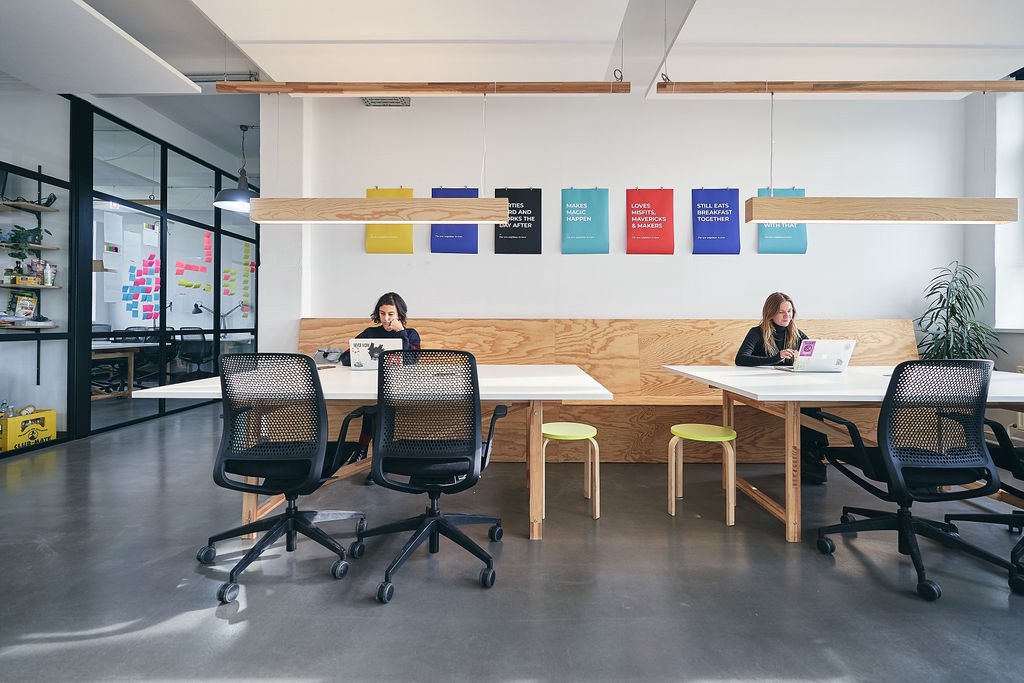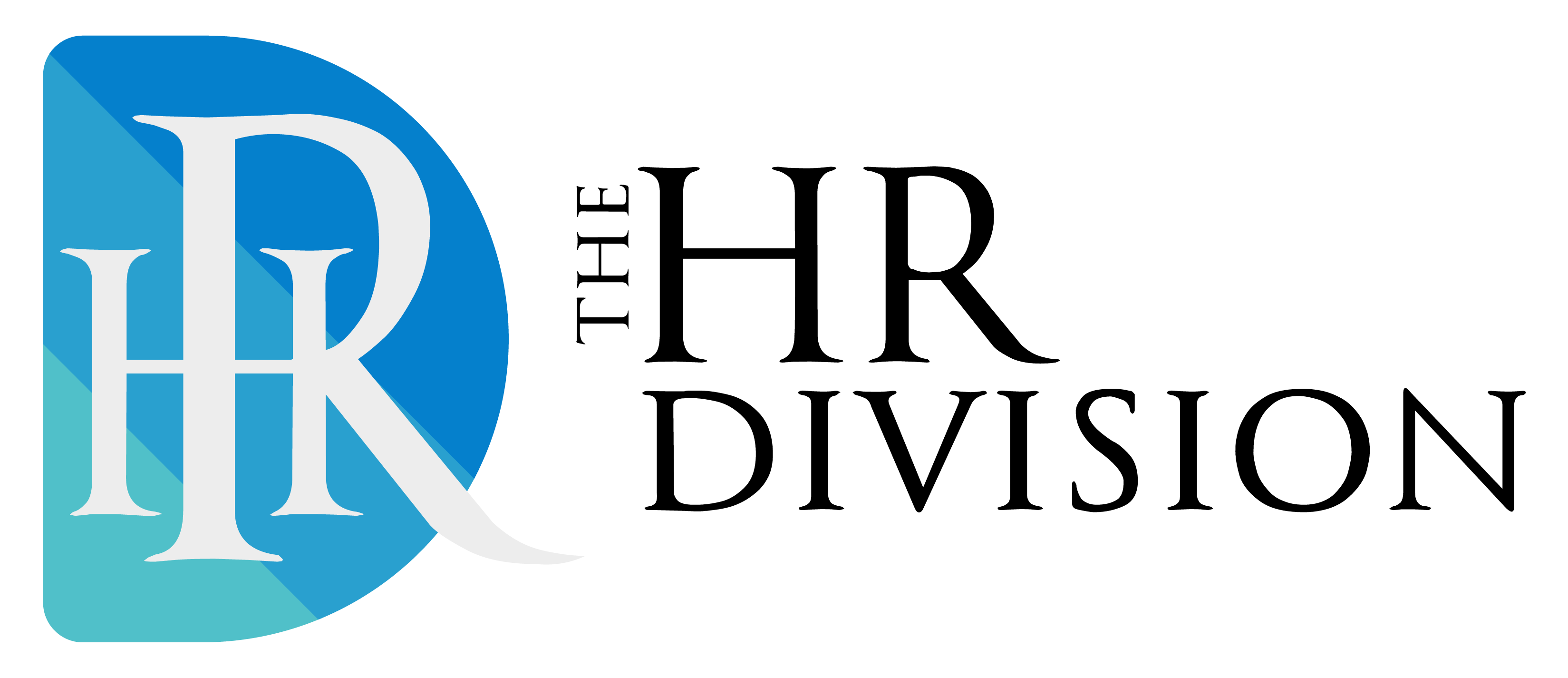
The HR Division has been asked lots of questions around employees returning to work following Furlough Scheme. At present, there is no formal end to the government’s restrictions on work or travel, but it is possible that the UK will start to introduce more flexibility in the next few weeks. In addition, the current Coronavirus Job Retention Scheme (commonly known as the furlough scheme) is currently extended to October 2020, and so organisations need to start thinking about what happens next.
As the timing and nature of any relaxation of restrictions is uncertain, it would be sensible for our Clients to consider all the options and have the capability to move quickly from one scenario to another. Employers need to plan now for what is likely to be a ‘staged return to the workplace’ over what could be prolonged periods.
Returning to the workplace
How you manage a return to the workplace will depend on the type of closure arrangements you have been operating.
The 3 most common arrangements are:
- Business not trading at all (all staff furloughed)
- Business trading on a limited basis (some staff furloughed, some working from home or in company premises) or where only ‘essential’ workers are currently in work
- Business trading fully but all staff working from home.
Whichever of these is closest to your individual business, there are some common issues you will need to address. Throughout this planning stage, and going forward, your guiding principle should be how the organisation takes care of their people and safeguard their health and well-being.
What should you consider?
- Continued social distancing.
It seems highly likely that there will be a requirement for some form of social distancing for some time to come. Lockdown restrictions will likely be lifted incrementally, and all staff who can work from home should expect to carry on doing so.
Where certain groups of employees or businesses are part of a sector to sector return to the workplace, employers will need to consider detailed risk management approaches to safeguard their health and minimise the risk of cross infection.
It is therefore essential that employers continue to base any plans for returning to the workplace on up-to-date Government and public health guidance in relation to COVID-19.
- Review your workplace and consider whether your workforce can maintain a 2m physical distance between each other. How will you manage meetings, interviews and other interactions? What about communal areas such as canteens or kitchen areas?
- Think about how you can support physical distancing such as ‘cohorting’ (i.e. keeping teams of workers working together and as small as possible), or staggering working hours so that not all staff are in at the same time.
- All of the key protection and hygiene measures will continue to apply to minimise the spread of infection, such as reminding staff about regular and effective handwashing, and providing hand sanitiser. If your premises have been closed for a period of time, you should carry out a deep-clean before you reopen.
- Depending on your working environment, you may need to consider providing additional PPE. If you want people to wear gloves/masks, then you will also need to think about training/briefing staff on their correct usage – since both can be ineffective if used inappropriately.
- Staff who travel or visit other company premises may also need additional equipment or briefing. Remote meeting facilities and videoconferencing should be encouraged wherever possible to minimise the need for staff to travel and/or use public transport.
- You should ensure that the organisation culture is inclusive, and that every employee feels they are returning to a supportive and caring environment. The pandemic has had an unequal impact across the workforce in many ways.
- Acknowledge and be open that the lockdown has undoubtedly harmed the populations mental wellbeing. This includes anxiety about the ongoing health crisis and fear of infection, as well social isolation due to the lockdown.
- Arrange a re-induction process for returning staff. Encourage and support every manager to have a one to one return meetings with every employee, where a key focus is on health, safety and well-being. Managers need to have a sensitive and open discussion with every individual and discuss any adjustments and/or ongoing support they may need to facilitate an effective return to the workplace. This is especially important for those who have been furloughed.
Legal considerations
There will also be a number of employment law and administrative issues that need to be covered.
- How much notice do you need to give to returning employees?
You should have a written agreement with staff who are furloughed and this may have set out how much notice you need to give to your staff for them to return. There is no minimum length of notice required to be given. Even if you put in a clause allowing for an immediate recall, you should still give your employees a reasonable period of notice of requiring them to return to the workplace. This is particularly important given that many people will have additional childcare or other responsibilities, which they may need to arrange.
- You may want all staff to return to work at your premises? Would it be more appropriate to continue with some staff home working on a longer-term basis? If so, make sure you have a clear rationale as to why you need particular staff or roles to return physically.
- If possible, this is an ideal time for employers to think more creatively about effective ways of working, and harness more agile and flexible working practices to meet individuals’ changing expectations.
- What criteria will you use to recall staff? Will it be simply business need? Will you consider individual personal circumstances? Remember not to use discriminatory criteria; be fair and inclusive and keep in mind your organisational values and any diversity and inclusion aims.
- When the government furlough scheme ends, your business may still not need to bring all its existing workforce back. In this case you have essentially four options:
- Agree reduced working hours with some or all staff
- Furlough staff for a further period, at your own expense
- Consider redundancies
- Use short term lay-off clause
Whatever steps you take, The HR Division can help you through these steps. Be mindful of how you communicate, continue to support them and treat their health and welfare as a priority.
Dealing with other groups of staff
Since not all restrictions will be lifted at the same time, there are some other issues that you will need to consider:
- Staff who are advised to shield or self-isolate
- Staff who have suffered a bereavement
- Managing holidays after the return
Staff who are advised to shield or self-isolate
Some of your staff may still be required to shield (currently for 12 weeks) because they are ‘extremely vulnerable’ and at particular risk from COVID-19 infection. Others may be very concerned because they live or care for someone who is classed as high risk.
Staff who have suffered a bereavement
It is possible you may have employees who have suffered the bereavement of a relative or friend. While there is no statutory right to bereavement leave, other than in the case of the death of a child, you should be sympathetic to requests for additional time off during this period, and if you can we recommend that you pay their normal pay.
In very rare cases, you may have an employee who has died from COVID-19. You will need to support their colleagues and again, signpost staff to any mental health support you offer. You will also want to be in contact with their family to offer support, especially where you offer Death in Service benefits.
Managing annual leave
Staff are now allowed to carry forward some of their statutory holidays if they are unable to take them in the current leave year. You should:
- Encourage staff to take previously agreed holiday dates – even if working from home, people still need time away from work.
- Have a clear policy to allow as many people as possible to take leave this year while still maintaining key business services – perhaps relaxing normal rules around maximum numbers allowed off at once.
Conclusion
Changes to the current lockdown restrictions are likely to be slow and gradual. They are also likely to fluctuate, and stricter measures imposed, possibly with very little notice. While we don’t know yet what the specific steps will be taken to start to lift the lockdown, there are certain principles and measures that every employer will need to consider. Organisations therefore need to use this time to prepare and plan their next steps.
Communication with your staff is key. Keeping people informed of what your business is doing – whether it is good or bad news for individuals – will help them to make their own decisions and give them some degree of security in very uncertain times. Knowing they are valued and supported by their employer – and that you continue to prioritise their health and safety – will be pivotal to their well-being.







